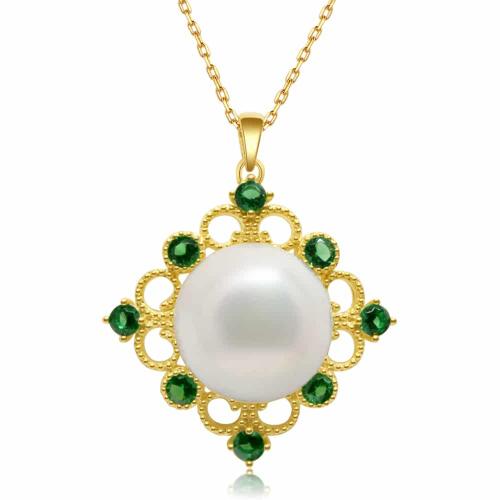An All-Inclusive Guide to Freshwater Pearls

Freshwater pearls are one of the most
affordable varietals available in the market currently. It offers excellent
value to someone who wants to explore the world of pearls.
Before delving into the details, you need to
understand what freshwater pearls are. Manufacturers create them using
freshwater mussels in rivers, lakes, and ponds. Most of the freshwater pearls
that you find in the market these days come from China, Japan, and the USA.
Freshwater mussels may contain up to fifty pearls at a time. As already
mentioned earlier, manufacturers create freshwater pearls by culturing them in
pearl farms using technology and science. It is where trained technicians
introduce an irritant inside the mussel to stimulate the formation of pearls.
Bead nucleus is generally the most common substance used in Akoya or other
saltwater pearl farming methods. In that respect, freshwater pearl culturing is
somewhat different. Manufacturers implant a tissue from a donor mussel in the
host mussel to stimulate the secretion of nacre.
- Colors and overtones: A freshwater
pearl necklace may utilize pearls from a wide range of colors and varieties. These pearls usually come in cream, white, or gray shades.
However, they are also available in pastel hues such as lavender, yellow,
pink, or orange. Specific high-quality freshwater pearls showcase overtones of green, pink, and blue. Then again, gems of inferior quality don’t possess desirable overtones. The most popular colors of freshwater pearls that buyers prefer are cream, white, lavender, and black.
- The shape: Pearls are quintessentially spherical, but only around
five percent of them are perfectly round. The designers of a freshwater
pearl necklace keep these spherical pearls aside to create necklaces. The rest come in a plethora of shapes including button,
semi-baroque, near-round, and more. Previously, jewelry makers thought that only the round pearls were worthy of being a part of jewelry. Today,
however, you may spot many people sporting irregular-shaped pearls.
- The size: Freshwater pearls come in the widest range of
varieties in terms of size. Typically, they range between 2.0 mm to 15.0
mm. However, pearls larger than 10.0 mm are extremely rare. Since the growth period of freshwater pearls differs from one farm to another, you find them in a massive range of sizes.
- The luster: The brightness or luster of a pearl is the most
important aspect of consideration while purchasing them. The luster of a
pearl makes it shimmer and shine. Only then the pearl attracts the attention of the viewers. The more lustrous a pearl is the more valuable it becomes.
- The value: As already mentioned earlier, freshwater pearls are
highly affordable. They are also available abundantly. Freshwater pearls
may appear similar to Akoya pearls but they cost about eighty percent
less.
Final words
You will find freshwater pearls attached to
various types of jewelry. These include bracelet strands, pendants, necklaces,
and earrings. Jewelry designed using freshwater pearls are an excellent
addition to any jewelry collection. They are exceptionally affordable and
almost everyone can buy them. Pearl jewelry pieces are also extremely versatile
with any outfit and they can add to your style.
Post Your Ad Here
Comments